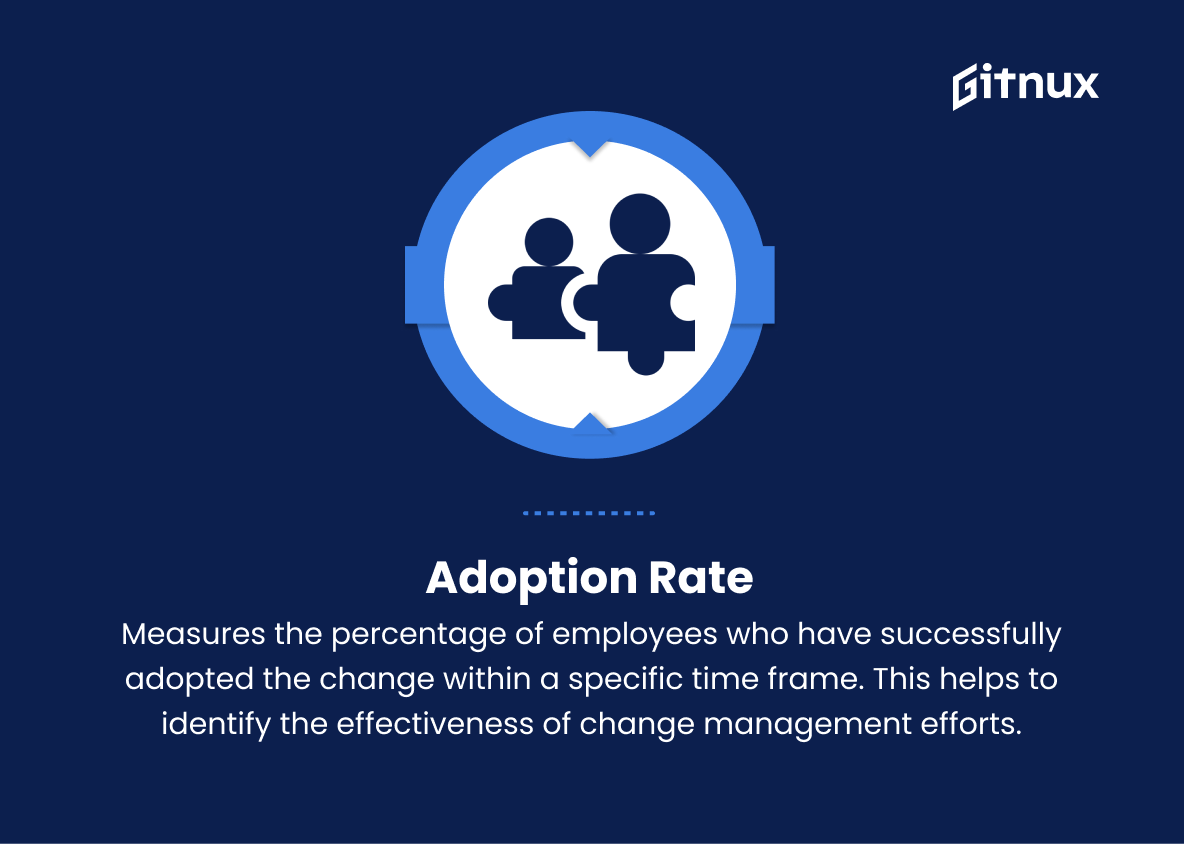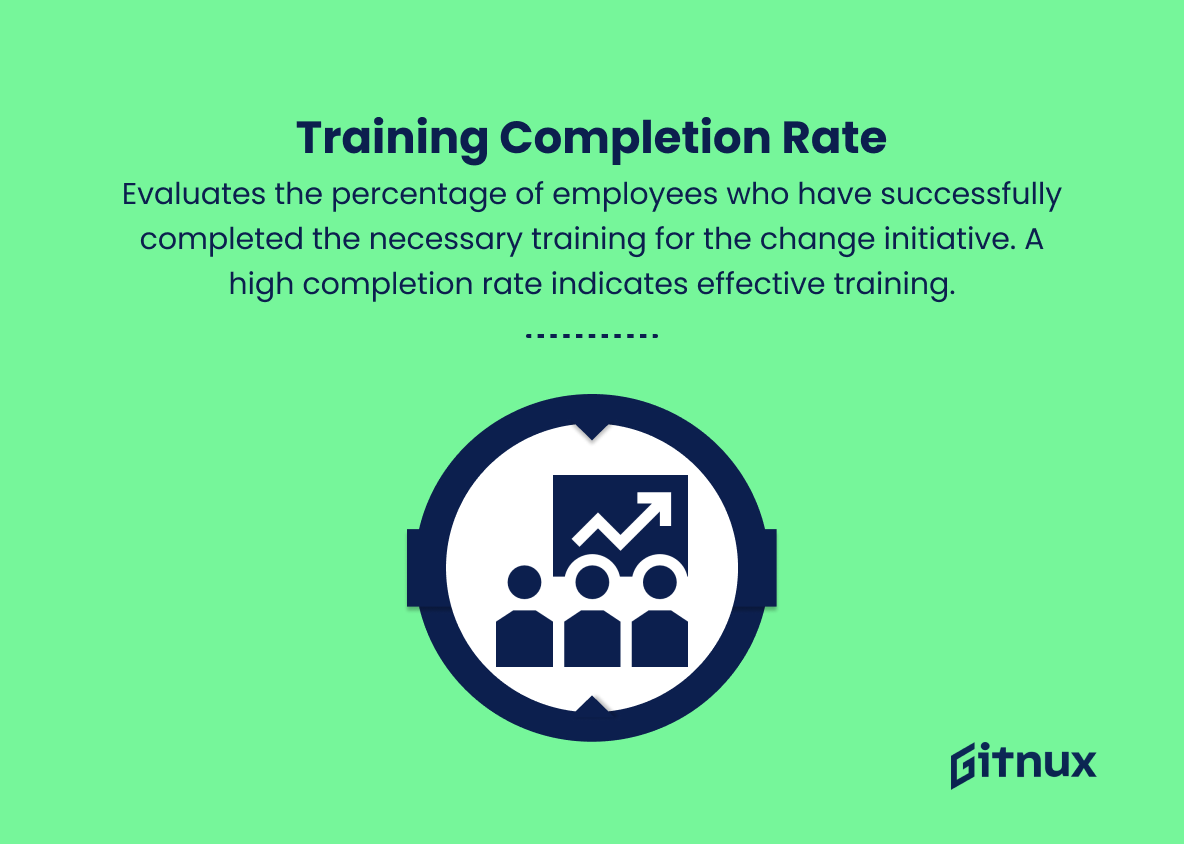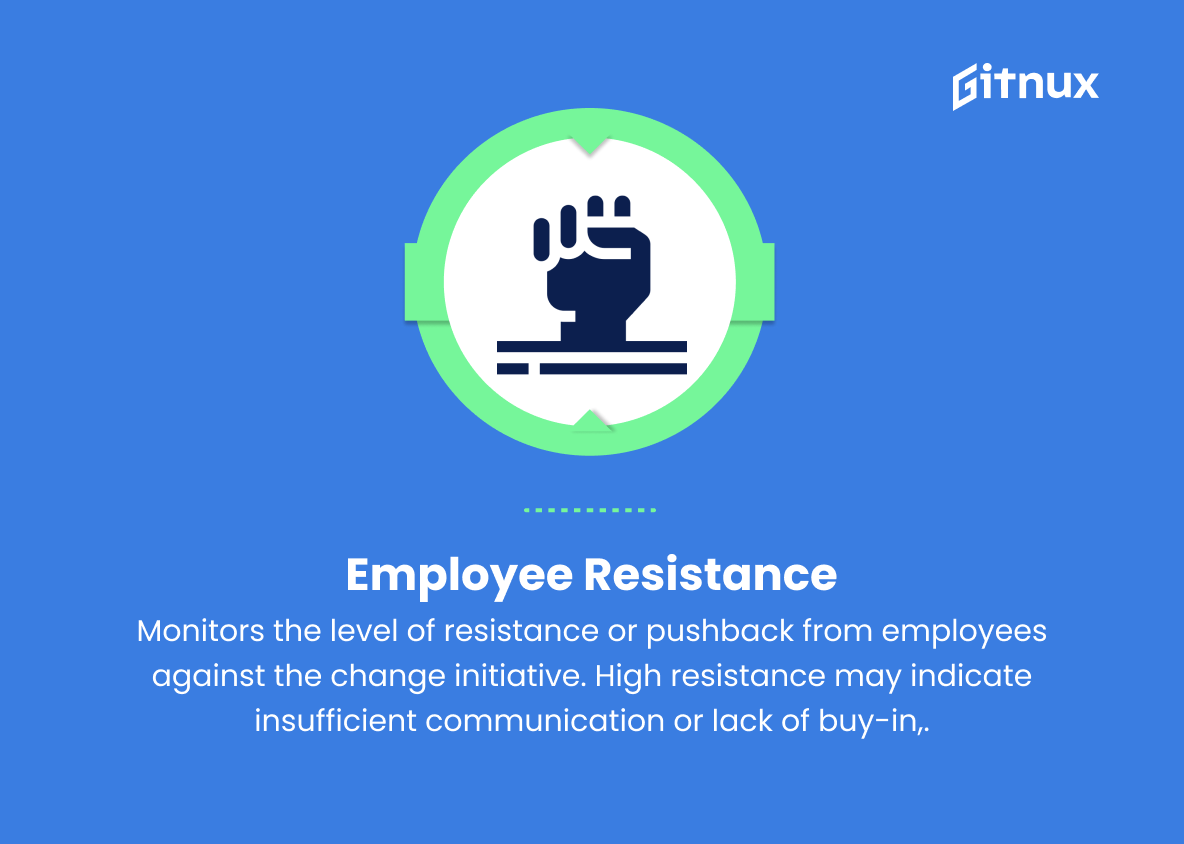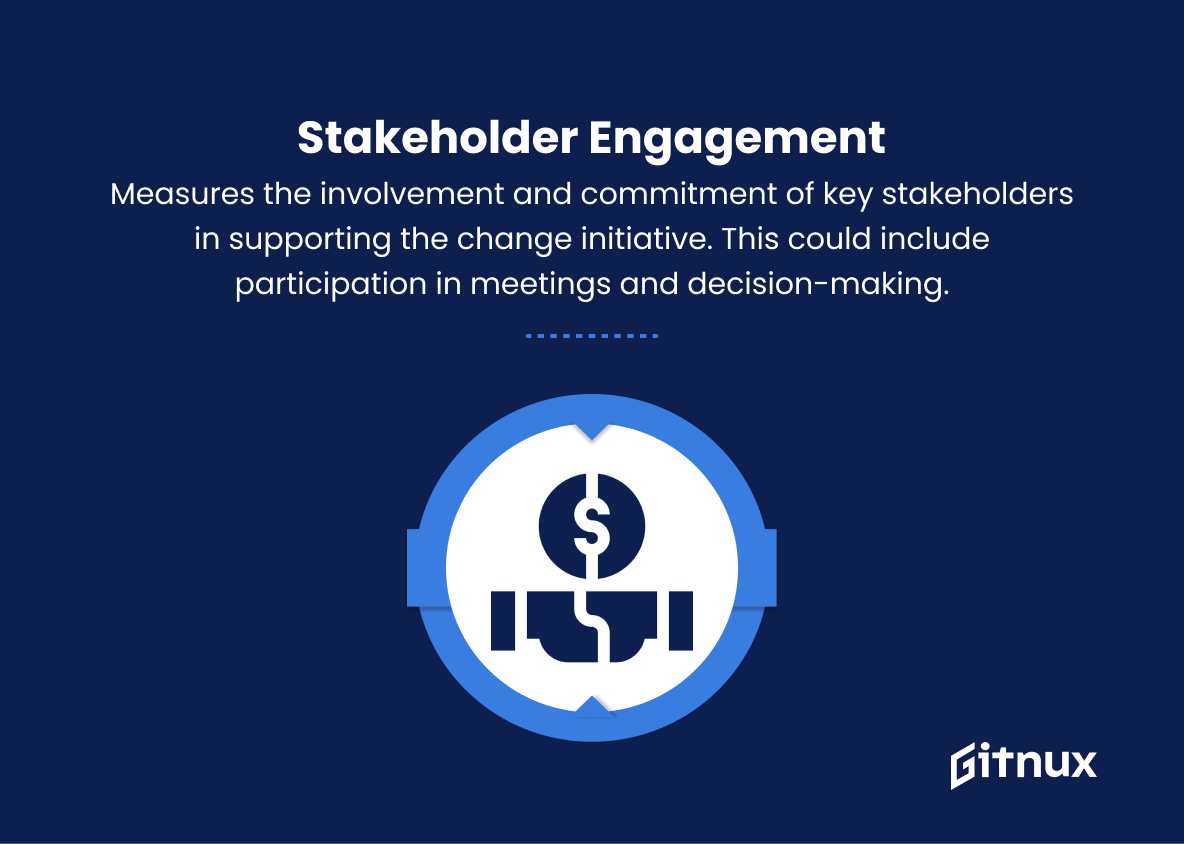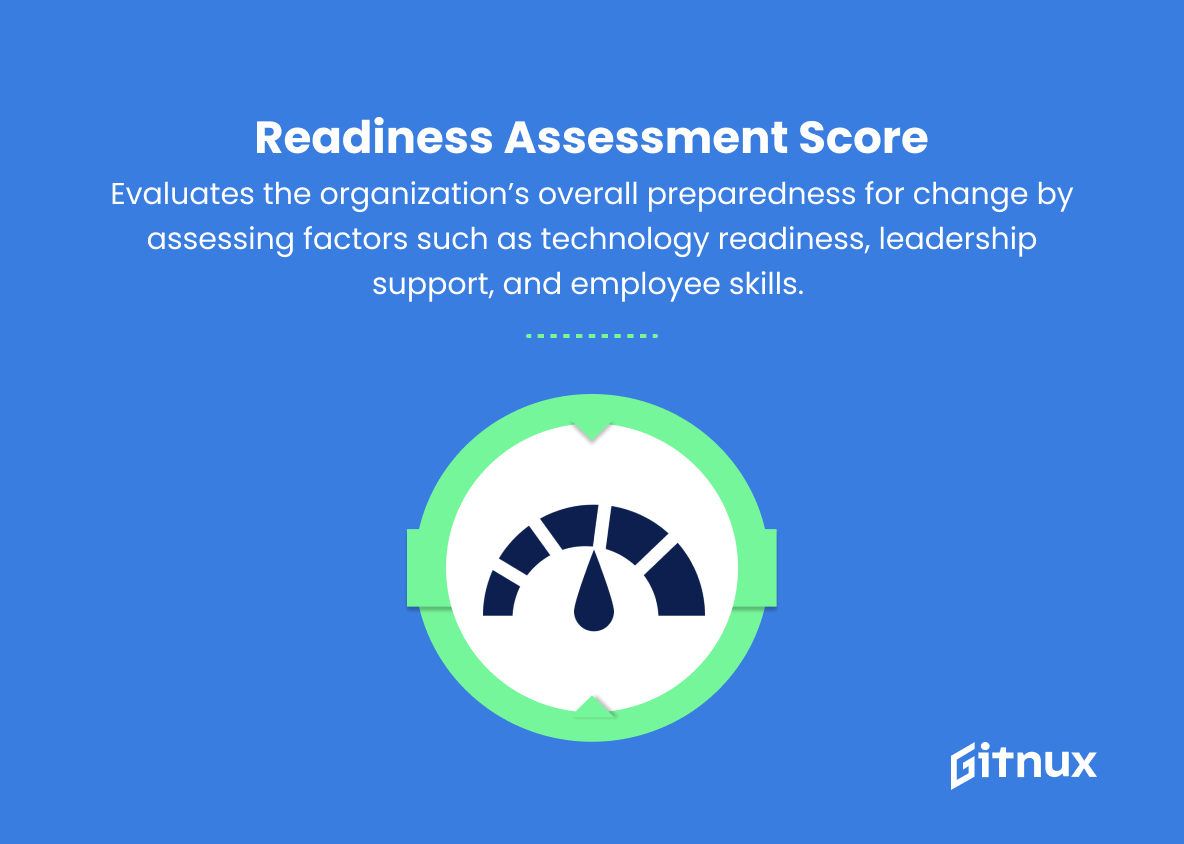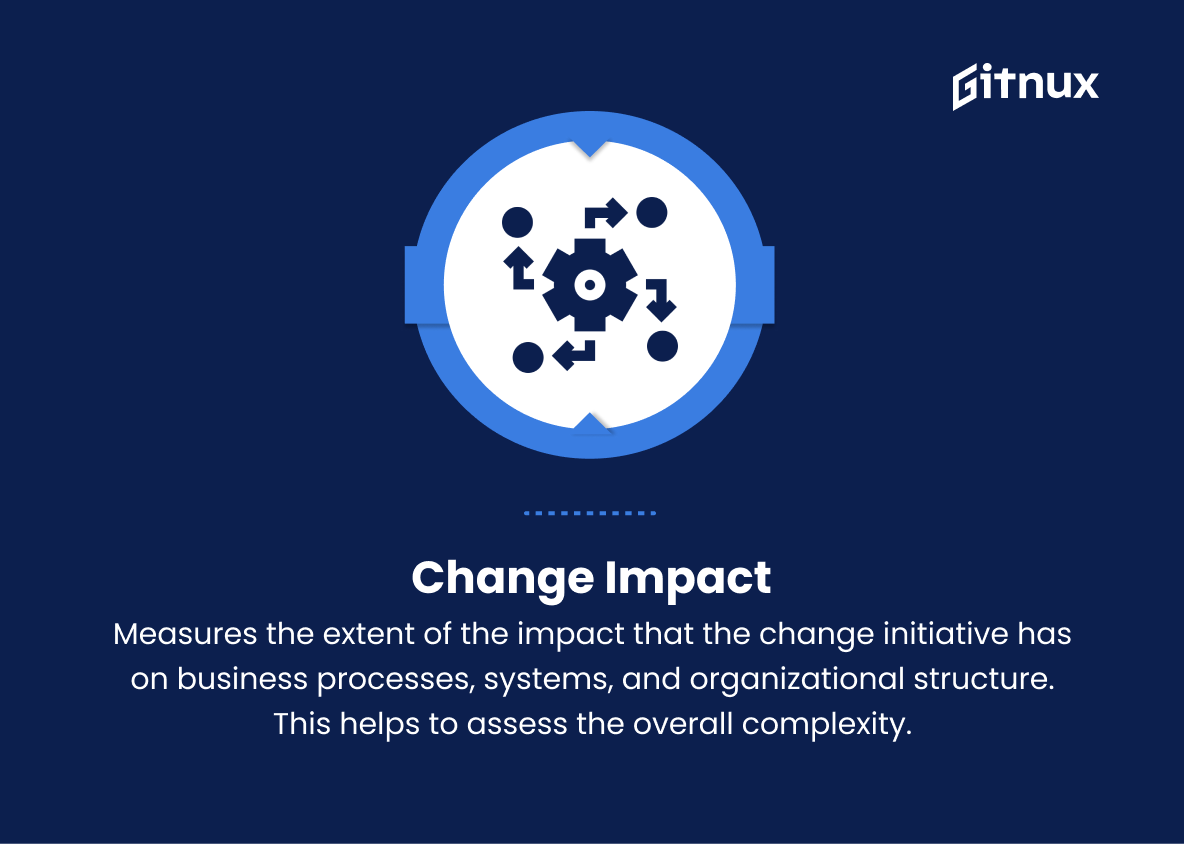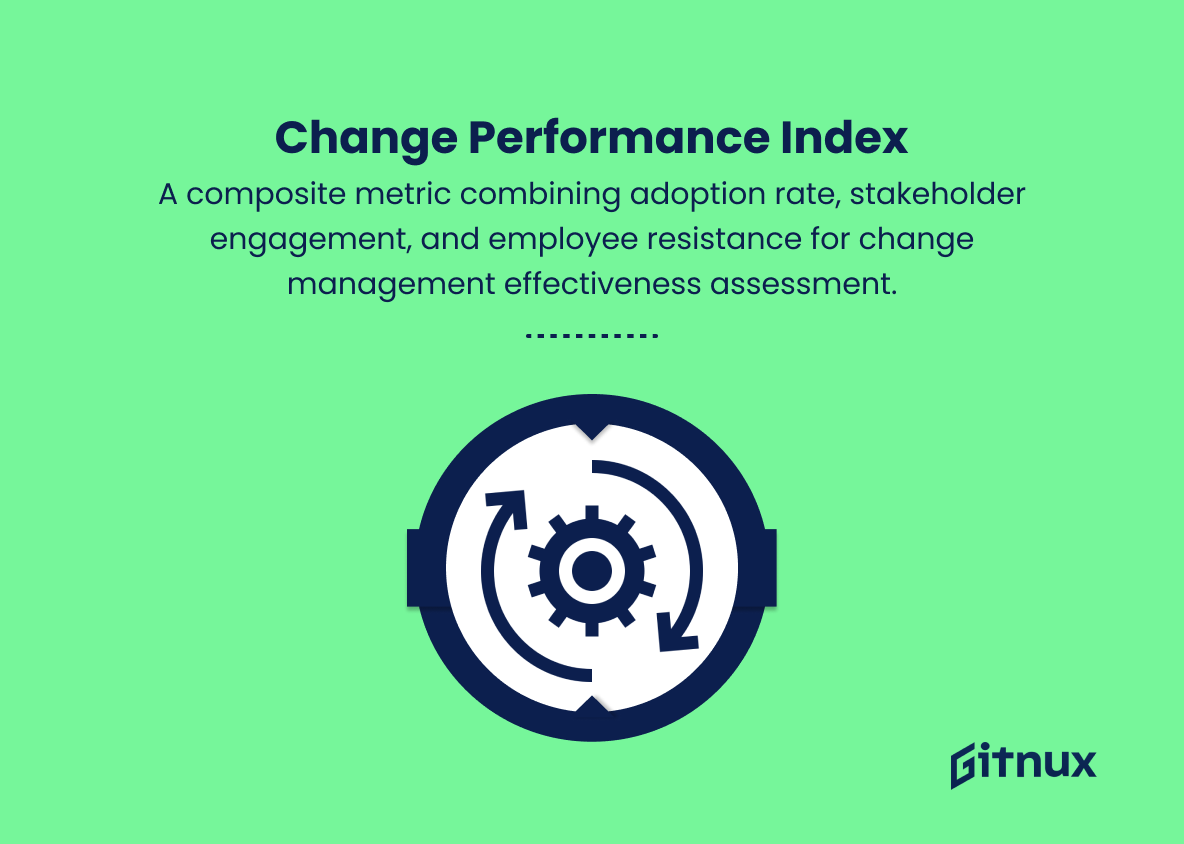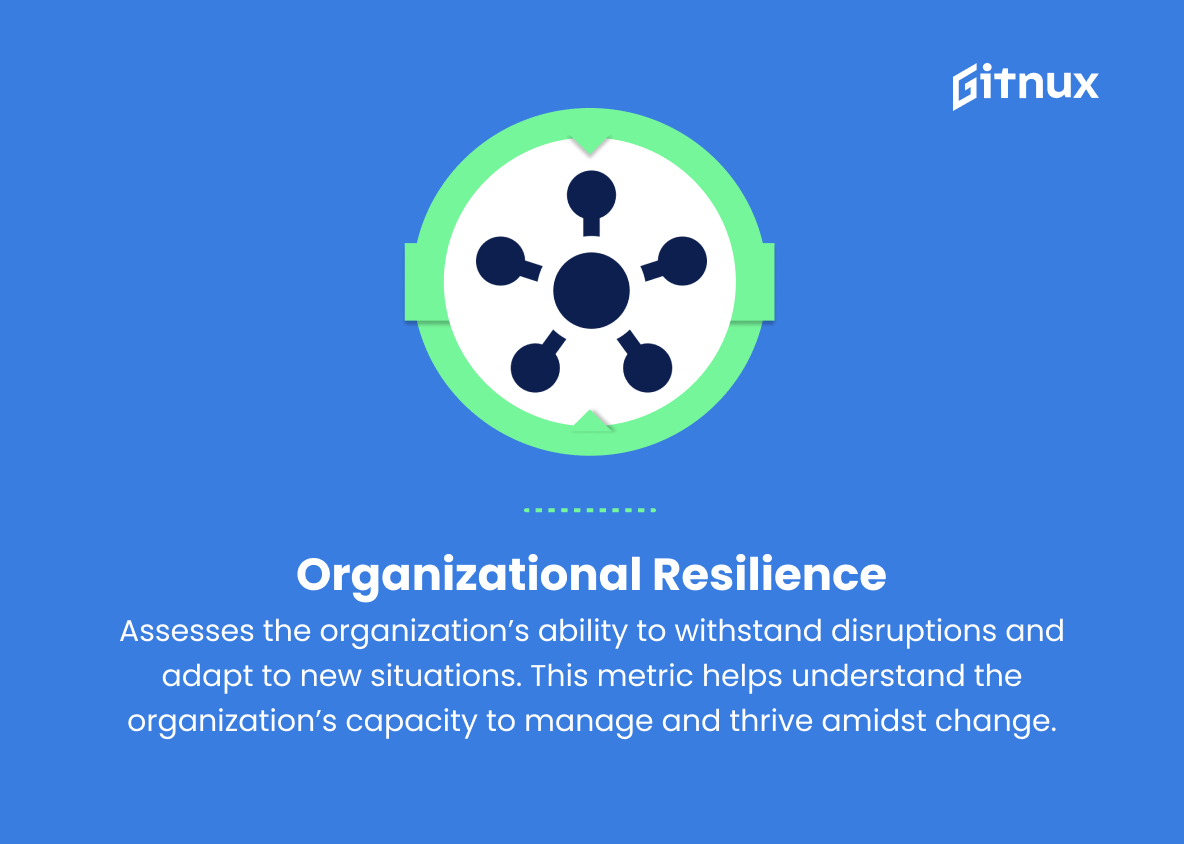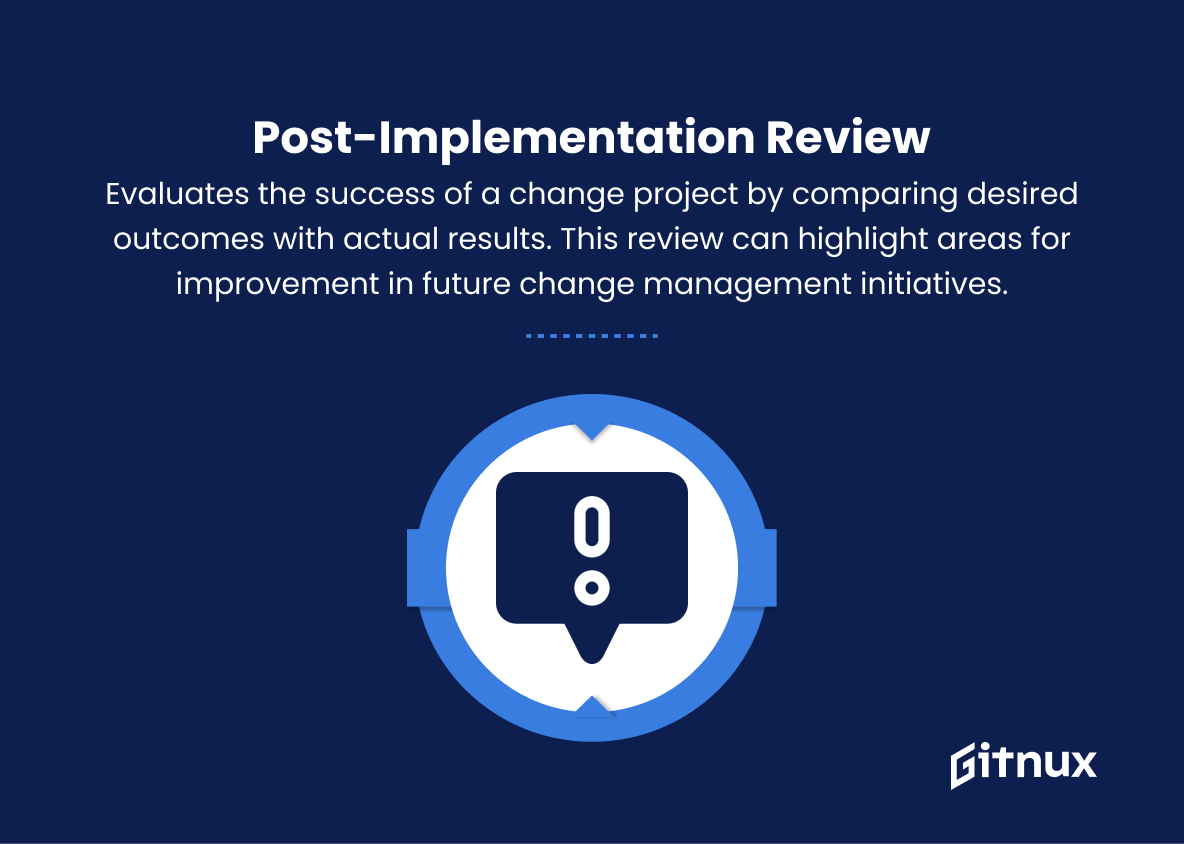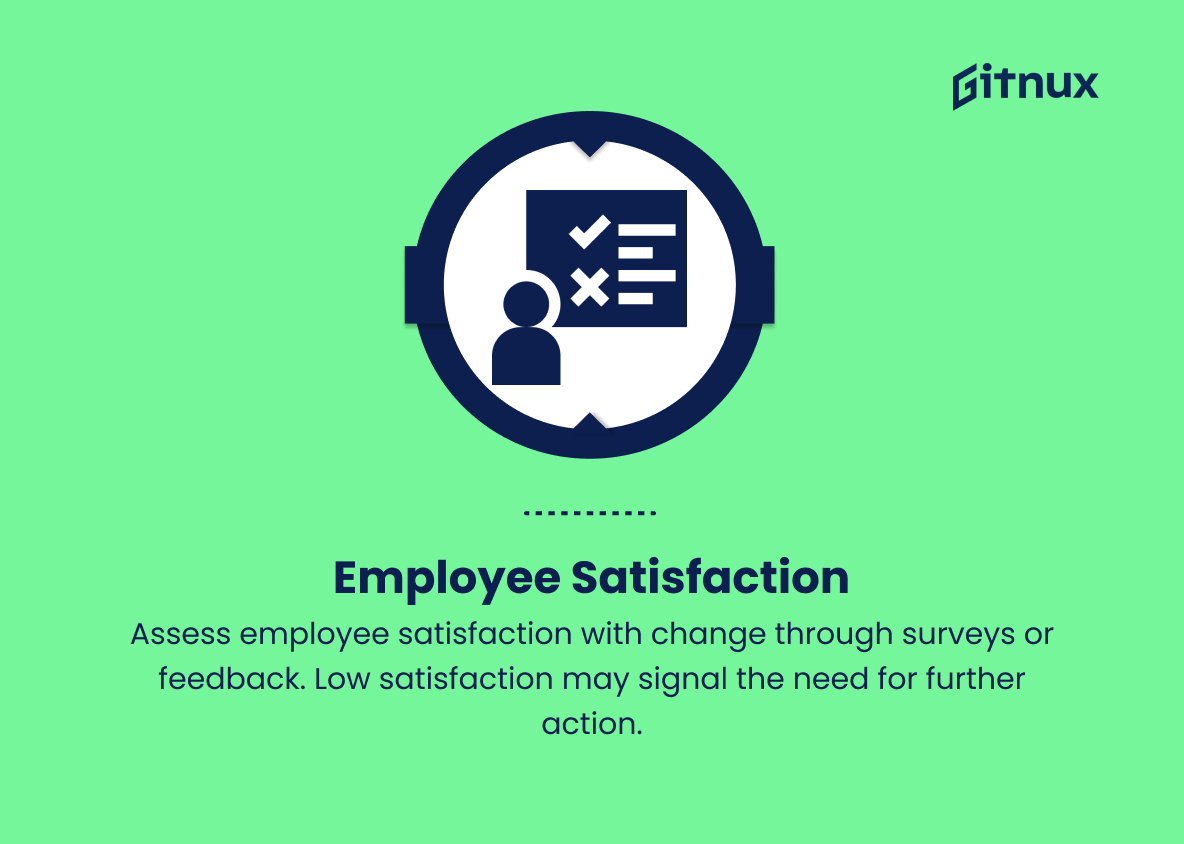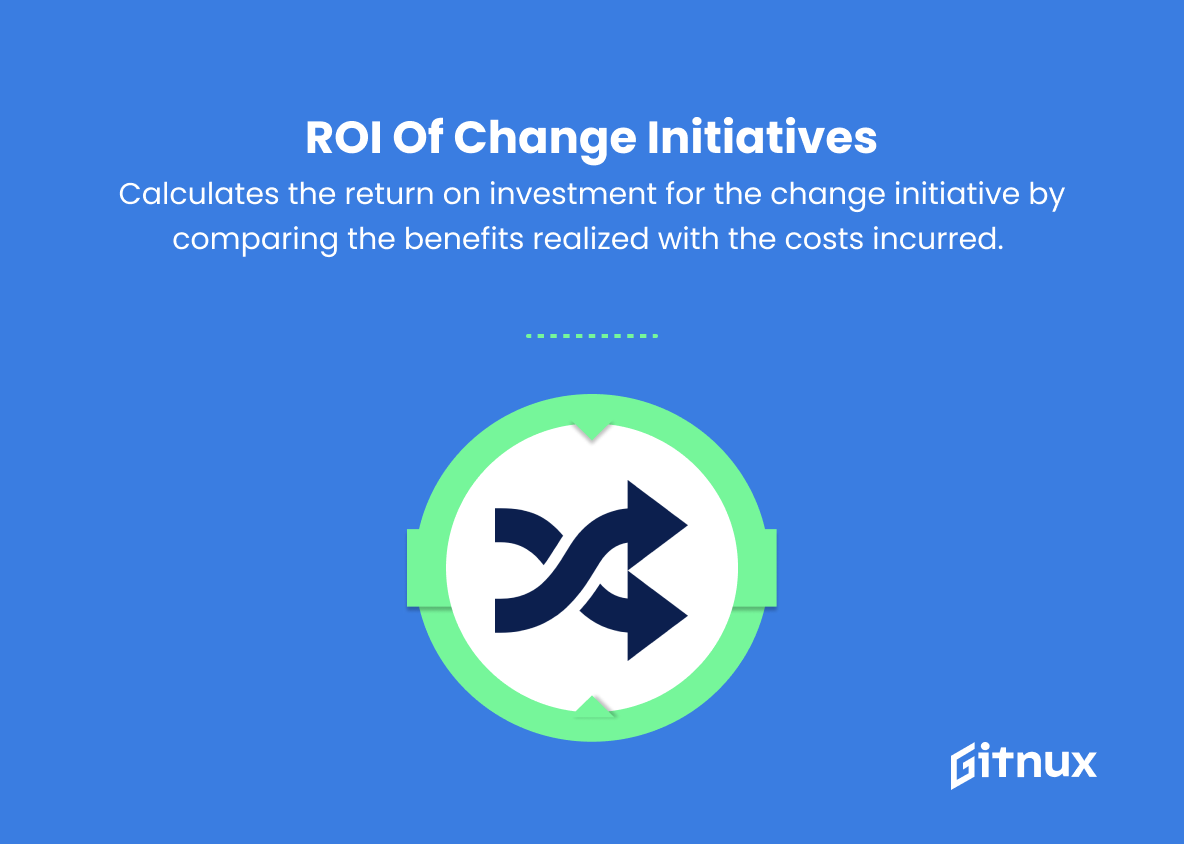In today’s increasingly dynamic business landscape, the ability to adapt and evolve swiftly is paramount to sustaining success and maintaining a competitive edge. Change management metrics play a crucial role in measuring, analyzing, and improving the effectiveness of organizational change initiatives. Through these key performance indicators, businesses can better gauge the progress and impact of their change efforts, ultimately creating a data-driven approach to managing transformation.
In this comprehensive blog post, we will delve into the importance and nuances of change management metrics, exploring how they can significantly contribute to the efficiency and success of your organization’s transformation endeavors.
Change Management Metrics You Should Know
1. Adoption Rate
Measures the percentage of employees who have successfully adopted the change within a specific time frame. This helps to identify the effectiveness of change management efforts.
2. Training Completion Rate
Evaluates the percentage of employees who have successfully completed the necessary training for the change initiative. A high completion rate indicates effective training and communication.
3. Employee Resistance
Monitors the level of resistance or pushback from employees against the change initiative. High resistance may indicate insufficient communication, lack of buy-in, or ineffective change management processes.
4. Stakeholder Engagement
Measures the involvement and commitment of key stakeholders in supporting the change initiative. This could include participation in meetings, decision-making, and providing necessary resources.
5. Communication Effectiveness
Assesses the quality, frequency, and reach of communication efforts around the change initiative. Effective communication helps employees understand the reason for change, expected outcomes, and their role in the change process.
6. Readiness Assessment Score
Evaluates the organization’s overall preparedness for change by assessing factors such as technology readiness, leadership support, and employee skills. A high score indicates a higher likelihood of successful change implementation.
7. Change Impact
Measures the extent of the impact that the change initiative has on business processes, systems, and organizational structure. This helps to assess the overall complexity and potential ramifications of the change.
8. Change Performance Index (CPI)
A composite metric that combines several key performance indicators like adoption rate, stakeholder engagement, and employee resistance to provide an overall assessment of the change management effectiveness.
9. Organizational Resilience: Assesses the organization’s ability to withstand disruptions and adapt to new situations. This metric helps understand the organization’s capacity to manage and thrive amidst change.
10. Post-Implementation Review (PIR)
Evaluates the success of a change project by comparing desired outcomes with actual results. This review can highlight areas for improvement in future change management initiatives.
11. Employee Satisfaction
Measures the level of employee satisfaction with the change process, by conducting employee surveys or collecting feedback. Low satisfaction might indicate that more efforts are needed to address employee concerns.
12. ROI of Change Initiatives
Calculates the return on investment for the change initiative by comparing the benefits realized with the costs incurred. A high ROI indicates that the change has created value for the organization.
Change Management Metrics Explained
Change management metrics provide valuable insights into the efficacy and success of organizational change initiatives. They serve as indicators of how well employees and stakeholders adapt and respond to the newly implemented changes. Metrics such as adoption rate and training completion rate help measure the effectiveness of change management efforts and communication strategies.
By monitoring employee resistance and stakeholder engagement, organizations can identify potential roadblocks in the change process and make necessary adjustments to ensure a smoother transition. Communication effectiveness and readiness assessments further contribute to outlining an organization’s capacity for implementing and adapting to change.
Other metrics, such as change impact and the change performance index, offer a holistic view of how the change initiative impacts the organization’s structure and processes. Organizational resilience highlights the ability of the organization to not only withstand disruptions but also thrive amidst change. Post-implementation reviews enable companies to evaluate the success of change initiatives, allowing them to identify areas of improvement for future endeavors. Employee satisfaction and ROI of change initiatives ensure that implemented changes effectively address employees’ concerns and contribute to the organization’s bottom line, creating tangible value for the company.
Overall, change management metrics offer a comprehensive understanding of how well an organization is adapting to change, allowing businesses to make informed decisions and adjustments as needed to ensure success in today’s dynamic business environment.
Conclusion
In summary, Change Management Metrics play a critical role in assessing the effectiveness of organizational transformation efforts, ensuring a smoother transition, and minimizing disruptions to ongoing operations. By tracking and analyzing key performance indicators such as adoption rates, employee engagement, and return on investment, leaders can make data-driven decisions and fine-tune their strategies for optimal results.
Moreover, leveraging these metrics helps to foster a culture of continuous improvement and agility, which is crucial in today’s dynamic business landscape. As organizations continue to evolve and adapt to ever-changing market conditions, mastering the art and science of Change Management Metrics will remain an indispensable tool for turning challenges into opportunities for growth and success.
